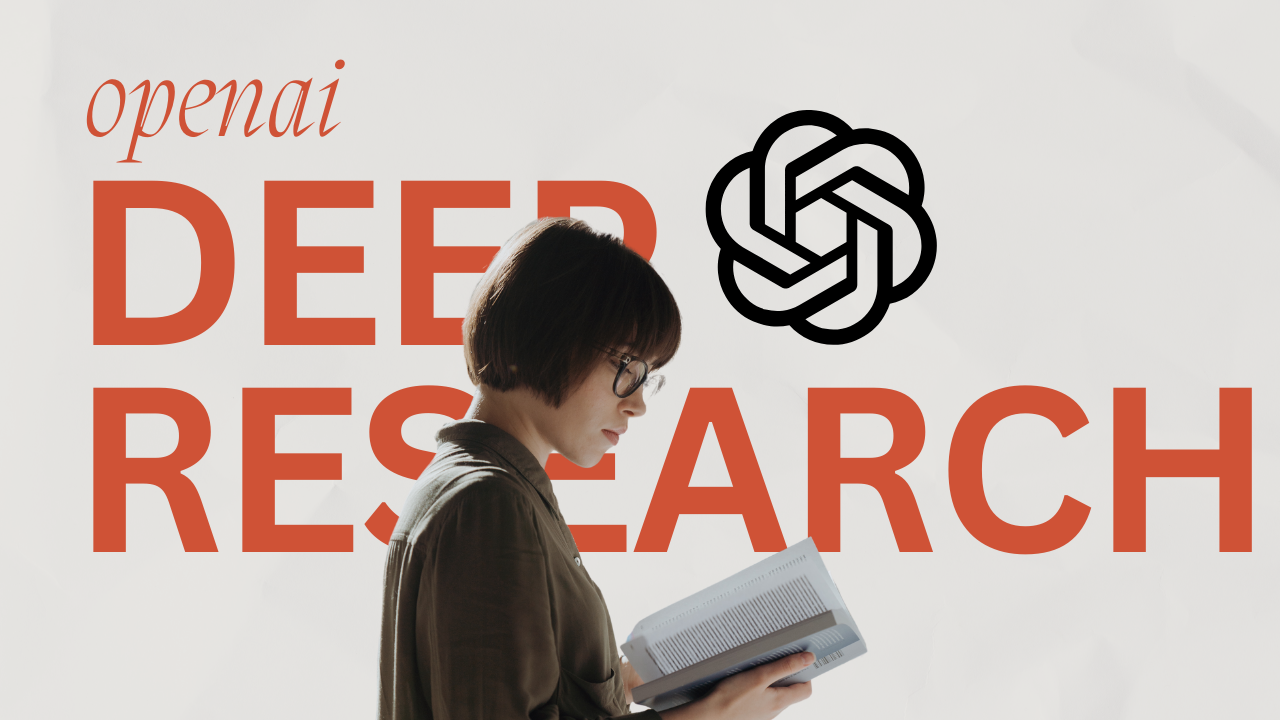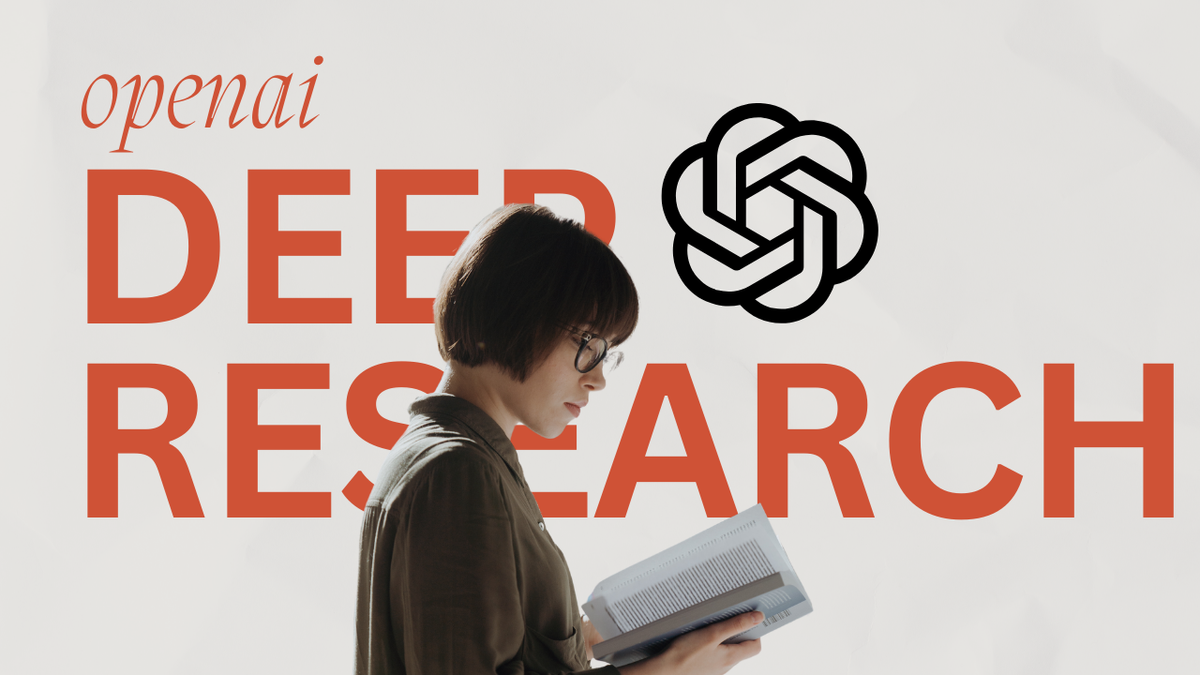
Introducing Deep Research by OpenAIOn February 2, 2025, OpenAI announced the launch of "Deep Research," an advanced AI agent integrated into their ChatGPT platform, designed to automate and enhance the process of in-depth research. This tool is tailored for professionals and individuals who require thorough, reliable, and precise research in fields like finance, science, policy, and engineering, but it also extends its utility to anyone needing detailed information for significant purchases or decisions.
How Deep Research WorksDeep Research operates by leveraging a version of OpenAI's o3 model, which is specifically optimized for web browsing and data analysis. Here's how it functions:
- Prompt-Based Research: Users provide a query or prompt within ChatGPT, and Deep Research takes over from there. It uses reasoning to search, interpret, and analyze a wide array of online sources, including text, images, and PDFs.
- Comprehensive Analysis: After gathering data, the AI synthesizes this information into a comprehensive report that not only answers the query but also provides citations, making it easy to verify the information or delve deeper into any aspect.
- Time Efficiency: What might take a human researcher hours or days, Deep Research can accomplish in tens of minutes, significantly reducing the time from question to insight.
Applications and Accessibility
- Professional Use: Ideal for knowledge workers who need detailed, reliable research to inform decisions in complex fields. It's particularly beneficial for competitive analysis, policy drafting, scientific research, and engineering projects.
- Consumer Applications: For consumers, Deep Research offers hyper-personalized recommendations or detailed comparisons for significant purchases like cars or home appliances.
- Current Availability: Initially rolled out to ChatGPT Pro users with a cap of 100 queries per month, OpenAI plans to extend access to Plus, Team, and eventually Enterprise users, reflecting the compute-intensive nature of deep research tasks.
Performance and Limitations
- Benchmark Performance: In internal evaluations and on benchmarks like Humanity's Last Exam, Deep Research has shown impressive accuracy, outperforming other models in complex, knowledge-intensive tasks.
- Challenges: Despite its capabilities, Deep Research has limitations, including the potential for "hallucinations" or factual inaccuracies, struggles with distinguishing authoritative information from rumors, and sometimes fails to convey uncertainty in its responses.
Future EnhancementsOpenAI has outlined plans to further develop Deep Research:
- Embedded Visuals: Incorporating images, data visualizations, and other analytic features to enhance the clarity and impact of reports.
- Specialized Data Sources: Future updates will allow Deep Research to access subscription-based or internal enterprise data, broadening the scope of research it can conduct.
- Integration with Operator: Combining Deep Research's capabilities with the Operator agent for real-world task execution, potentially leading to even more sophisticated AI assistance.
ConclusionDeep Research by OpenAI represents a significant step towards making AI a central part of the research process, promising to deliver not just information but actionable insights at a scale and speed previously unimaginable. As this technology evolves, it's set to redefine the boundaries of what's possible in knowledge work, research, and personal decision-making. However, users and professionals alike will need to navigate the ethical implications and ensure that AI's integration into research maintains the integrity and accuracy of scholarly work.






